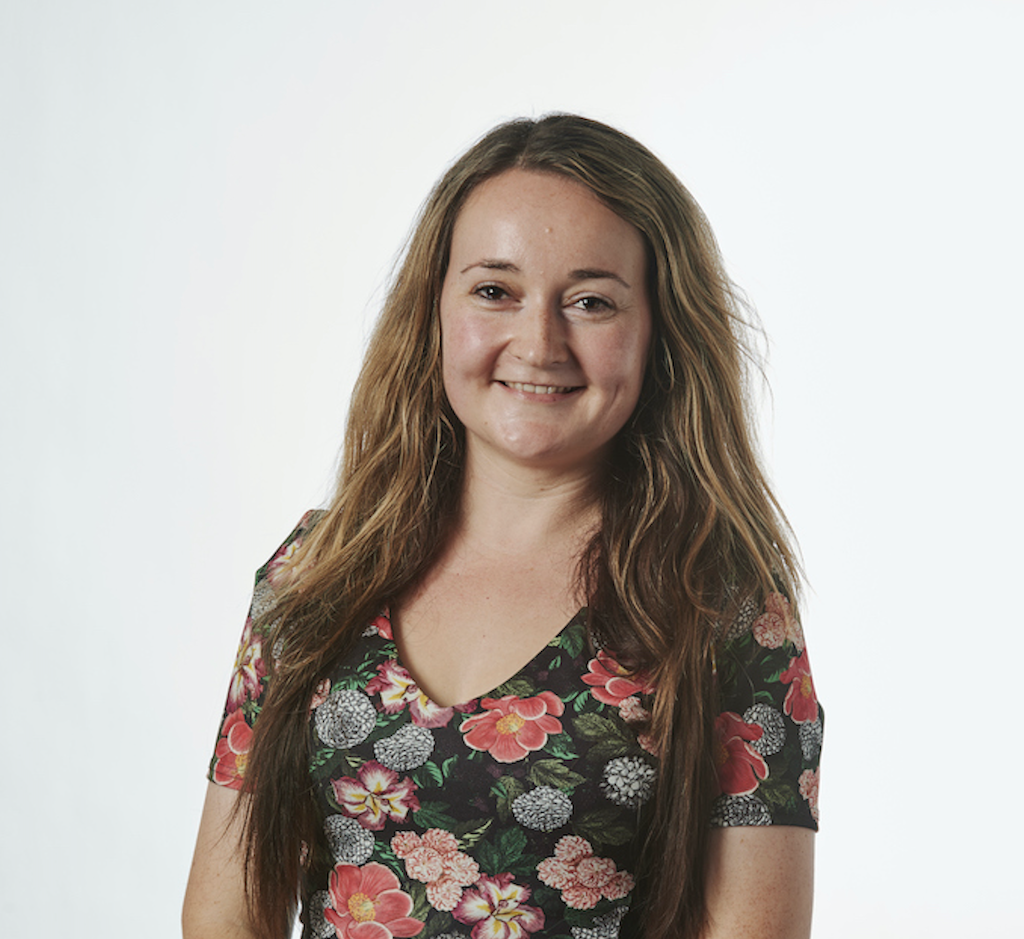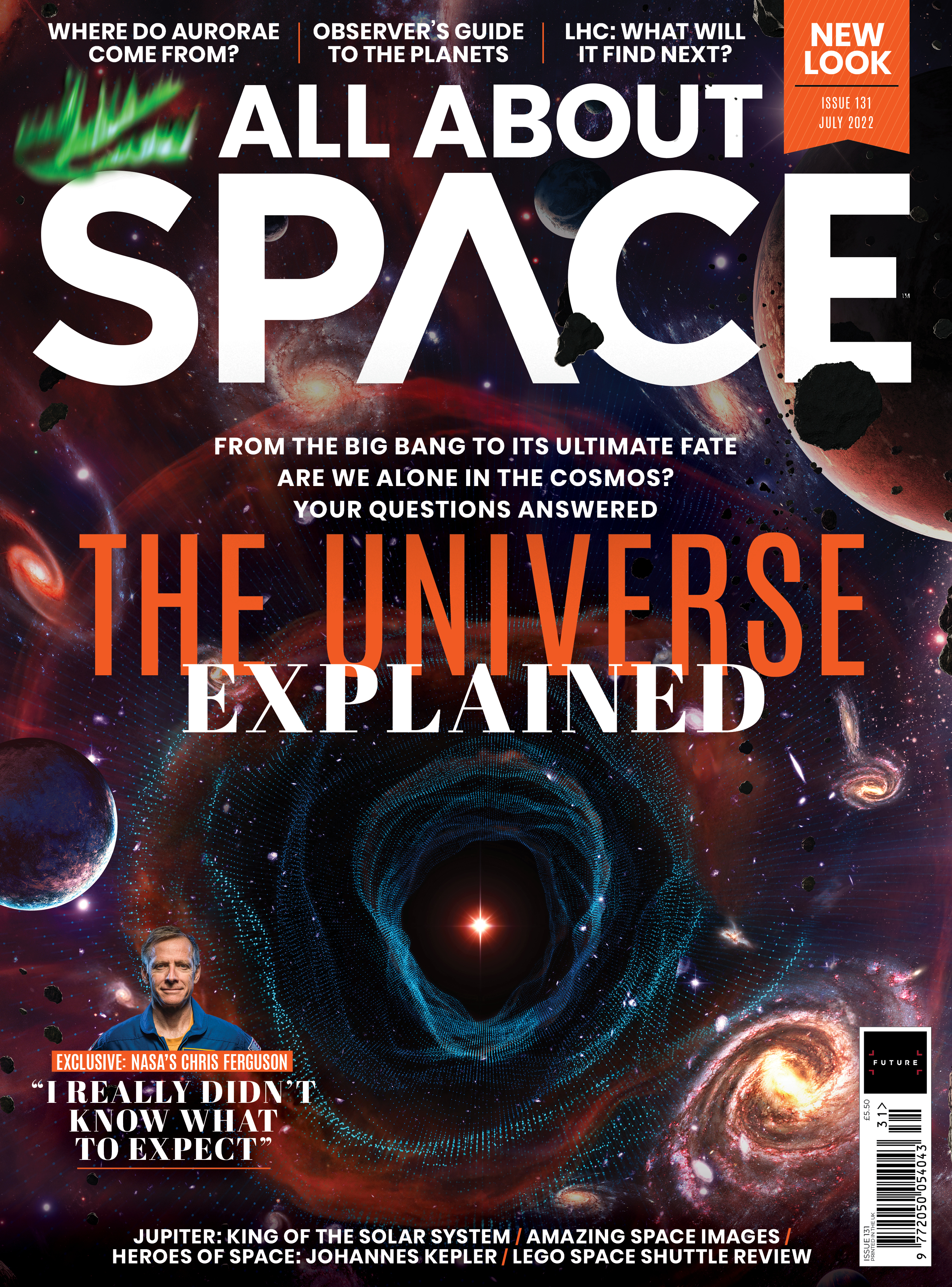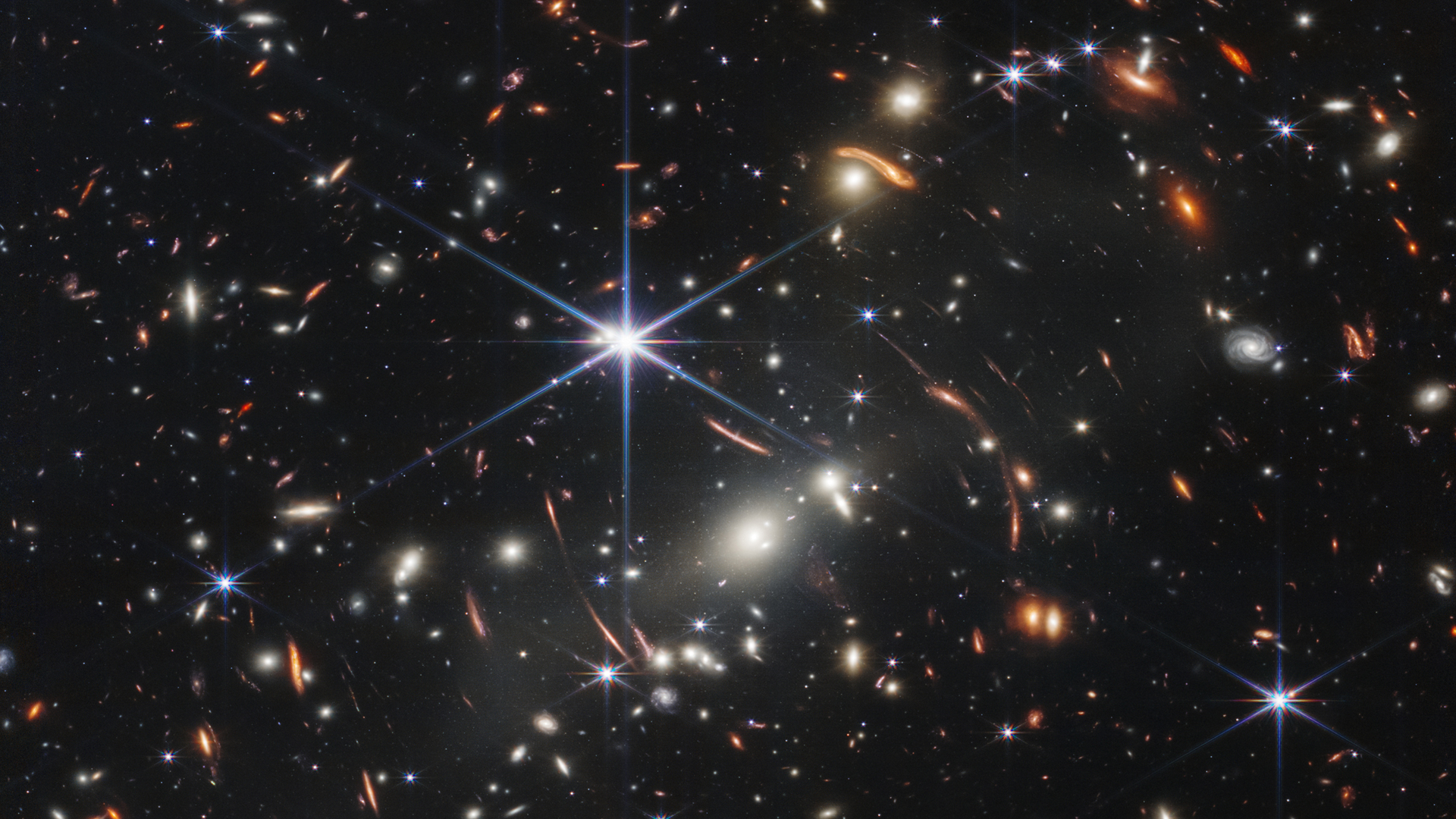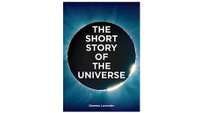'The Short Story of the Universe' fits a big topic into your pocket
All About Space editor Gemma Lavender pens a compact guide to what the universe is, how it was formed and why studying it matters.

It's a big universe, but a new book from an All About Space editor crunches it down into a compact guide.
The universe, Milky Way and other incredible space objects are the centerpiece of "The Short Story of the Universe", by astronomer Gemma Lavender. The book is available now from Laurence King Publishing. Lavender is a long-time space writer for All About Space and also Space.com, as the two are sister websites.
Lavender summarizes nearly 14 billion years of the universe's history in little more than 200 pages, providing a pocket-sized look into how the universe came to be, why it matters and what it means for the public today.
Space.com spoke with Lavender about her aims for the book, what readers can learn and where they can get more information after completing this engaging read. You can also buy Lavender's previous books at Amazon to round out your galactic collection.
Related: Discover the glitch in the universe with All About Space magazine
The Short Story of the Universe: A Pocket Guide to the History, Structure, Theories and Building Blocks of the Cosmos $17 at Amazon
Fit the universe into your pocket at a bargain price. All About Space editor Gemma Lavender introduces readers to the universe in a friendly and engaging style, with a minimum of math but ample critical thinking.

Space.com: This book puts your team's work at All About Space in mind, along with the physics research you have done at Cardiff University in Wales. Can you talk about the life and work experiences you drew upon to create the book?
Gemma Lavender: The universe is an extremely mind-boggling place, which can make it quite a complex entity to understand: where do you even begin in trying to fathom how truly fascinating it is? This is something that I have come across throughout my career — the general public want to be able to understand, but may have not been taught in the right way while at school, they were bogged down in the mathematics, or amazing details were glossed over that could have really fired their interest.
Get the Space.com Newsletter
Breaking space news, the latest updates on rocket launches, skywatching events and more!
My work at Cardiff looks at how science content can inspire school leavers to go onto college to follow a STEM career; is there a way of communicating space science to inspire and engage in such a way? Are we missing a trick on accessibility or is there a specific formula that can be used to ensure that we're always increasing the number of astronomers, astrophysicists, mathematicians, computer scientists, or even science communicators, writers, editors, and other associated professions?
This is really what inspired "The Short Story of the Universe." It was created with accessibility in mind and inspires, engages and educates everyone about the cosmos — whatever the reader's background, education or age.
Related: The history of the universe: Big Bang to now in 10 easy steps

Gemma Lavender is a U.K.-based astronomer, writer and editor with NOIRlab and All About Space. She holds a degree in physical sciences, a Master's in astrophysics and a PhD in computational astrophysics. She was elected as a fellow of the Royal Astronomical Society in 2011.

Get All About Space delivered straight to your door or digital device. Subscribe to All About Space from $8.50 per quarter/three issues.
Space.com: The universe is literally such a big topic. How did you choose the things to distill in this beginner's guide?
Lavender: I wanted to ensure that a complete overview of the universe was given, while ensuring that each of the sections are in bite-sized chunks. My career has taught me that you only have a small window to really grab the attention of a reader, so it was really a balance of really pulling out the how, what, where and why with each of the subjects — what can I tell an audience and why should they care?
Space.com: Science is built on math, so how did you teach readers the things they need to learn about topics like quantum physics, without bringing them through so many equations?
Lavender: I have to admit, this was a challenge for me when I first begin writing. Having a background in astrophysics meant that I often talked in equations and numbers, but knowing who you're speaking to before you begin writing means that you naturally leave the equations out. Equations tell us something important, but what are they telling us in words and does it tell the reader something of particular note? This is something I need to consider.

Space.com: How does one choose an artist's conception of some of the theoretical parts scientists are still struggling with, like the first few moments of the Big Bang or how the universe will die?
Lavender: When choosing images, it's important to get the balance of scientific accuracy and accessibility just right. Ensuring that there are recognisable elements in a concept, whether they're galaxies, planets or stars, brings some of the most complex ideas to life. The same goes for the theoretical portions in our understanding of the cosmos — it's important to go for the more widely accepted theories and weaving that into our artist's concepts.
Space.com: What most surprised you when you were writing the book or assembling all the bits for publication?
Lavender: No matter how long you've been producing content about the universe, you'll learn something new about it everyday — there is always something that's truly mindboggling to know. I'll forever be amazed by how big the universe is, or at least our predictions of its size, how we think it sprang into existence and how we think it'll end.

Looking for a telescope for the next night sky event? We recommend the Celestron Astro Fi 102 as the top pick in our best beginner's telescope guide.
Space.com: What do you hope people get from the book, and where should they turn next to learn more about the universe?
Lavender: I love that I am in the privileged position to engage, inspire and educate about the cosmos — I hope that the same is true of each of the readers of "The Short Story of the Universe." Even if they learned a small factoid to amaze their friends and family, or even if the book helped a school student with their homework.
As for where they should go to learn more about the universe, I can certainly vouch for the works of Stephen Hawking, Michio Kaku and Brian Greene. If I was being biased though, I can certainly recommend Space.com and All About Space magazine to enhance a reader's knowledge!
Elizabeth Howell is the co-author of "Why Am I Taller?" (ECW Press, 2022; with Canadian astronaut Dave Williams), a book about space medicine. Follow her on Twitter @howellspace. Follow us on Twitter @Spacedotcom or Facebook.
Join our Space Forums to keep talking space on the latest missions, night sky and more! And if you have a news tip, correction or comment, let us know at: community@space.com.

Elizabeth Howell (she/her), Ph.D., was a staff writer in the spaceflight channel between 2022 and 2024 specializing in Canadian space news. She was contributing writer for Space.com for 10 years from 2012 to 2024. Elizabeth's reporting includes multiple exclusives with the White House, leading world coverage about a lost-and-found space tomato on the International Space Station, witnessing five human spaceflight launches on two continents, flying parabolic, working inside a spacesuit, and participating in a simulated Mars mission. Her latest book, "Why Am I Taller?" (ECW Press, 2022) is co-written with astronaut Dave Williams.










